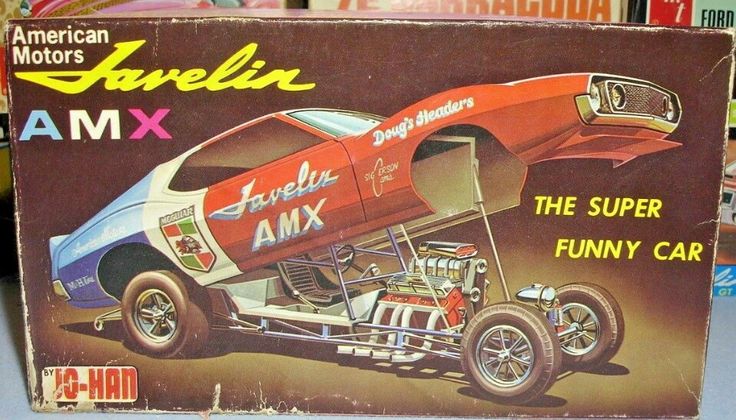Building your first plastic model car can be an exciting and rewarding experience. Whether you’re a complete beginner or a hobbyist looking to dive deeper into the world of scale models, this guide will take you through the essential steps to start your journey.
Choosing Your First Model Kit
The first step is selecting a model kit. These kits come with all the necessary parts to assemble a model, typically arranged on sprues (plastic frames) that contain individual pieces like the chassis, body shell, and wheels. Common scales for model cars are 1:24, 1:18, and 1:43, so pick a scale model that suits your interest and space.
Assembly: The Building Process
Once you’ve picked your model, it’s time for assembly. Carefully follow the instructions provided in the kit. Test fitting parts before gluing them is crucial to ensure a perfect fit. Plastic cement is used to bond the plastic pieces together, but don’t rush—take your time to make sure the parts align correctly.
Detailing for Realism
After your model is assembled, the fun begins with detailing. This is where the magic happens—adding decals (stickers or transfers), painting the bodywork, and weathering the model. Airbrushing is a popular technique to achieve smooth, professional finishes. You can also experiment with weathering techniques like adding dirt, rust, or oil streaks to make your car look older or more used.
Customization and Aftermarket Parts
Want to make your model unique? Consider customization. You can swap out stock parts for aftermarket parts such as custom wheels, decals, or even engines. If you’re feeling creative, try scratch building your own parts, such as a custom spoiler or a unique interior design.
Molding and Resin Casting
Some advanced builders might dive into resin casting, which involves creating custom parts from resin instead of plastic. This technique is often used to create detailed, one-of-a-kind parts that can’t be found in regular model kits.
Tools You’ll Need
To get started, you’ll need some basic modeling tools, including a hobby knife, tweezers, files, and sandpaper. These tools will help you clean up parts, trim away excess plastic, and refine the details of your model.
Final Touches
Once you’re satisfied with the assembly and detailing, take a moment to look over your model. Check the panel lines, which may need to be painted or weathered to add depth and realism. Finally, display your model with pride and share it with fellow enthusiasts who appreciate the car culture that influences both real-world and scale models.
With patience and practice, you’ll create a model car that’s not just a kit, but a work of art. So grab your tools, choose your kit, and enjoy the rewarding process of bringing your first plastic model car to life! Be sure to grab your model kit building here! Accessories | Scenic City Hobbies

